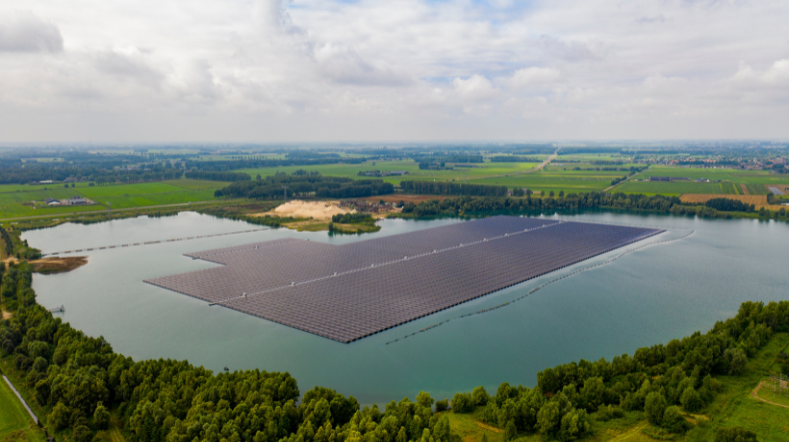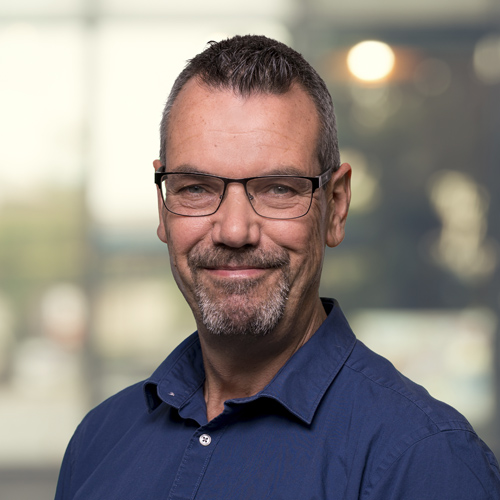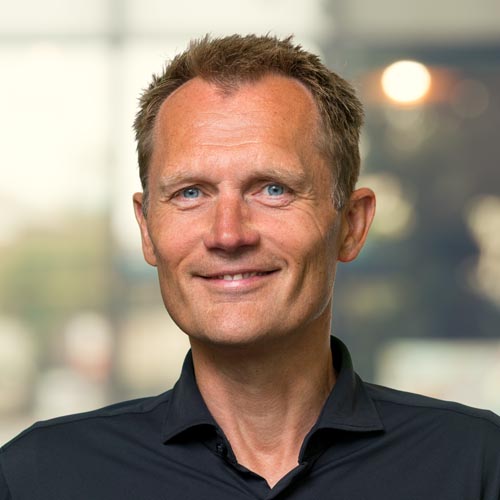
Solar panels on windows, façades, and roofs
Generating energy from sunlight is essential for reducing CO2 emissions. However, it takes a lot of space to install all the solar panels needed for our energy supply on land. What if you could use existing areas in the built environment? We’re developing opportunities for innovative solar panels in façades, roofs and in windows.
Solar panels on façades
There is a total of some 2,200 square kilometres of façade area in the Netherlands, of which 660 square kilometres are suitable for solar energy generation. Altogether, a capacity of 58 gigawatt peak can be installed on it. To put that in perspective, in 2024 the capacity of all solar power installations in the Netherlands was 28 gigawatt peak.
Huge opportunities therefore for solar power generation, which we want to exploit. That is why we are working on a revolutionary product for the market, together with construction companies and manufacturers. In order to exploit these surfaces, new products are being developed with a focus on the ease of installation, reduction of costs, and increasing the safety.
The variety of sizes, shapes, colours, and transparency of solar panels we’re working on may reduce the yield per panel. But on the plus side, many more surfaces in the built environment are suddenly able to generate solar energy. This can significantly boost the total amount of energy generated.
The next step in large scale implementation of PV in buildings is the industrialisation of (custom) PV panels for façades. TNO contributes to the project Circulaire Multicolour gevel PV-fabriek by co-development of more sustainable module technology in the PV panels and quality control for PV functionality depending on the customisation of the PV façade panels. For more information, check out the website of the project.
Solar panels on roofs
The Netherlands has some 800 square kilometres of roofs available for solar panels, half of which are commercial properties or agricultural roofs. But not all roofs are suitable. For example, the weight of standard solar panels is sometimes too high for the load-bearing capacity of the roof, or the panels are not desirable from an aesthetic point of view. Therefore, we are working on solutions for lighter, more beautiful, cheaper and simpler constructions.
We do those innovations together with multiple companies. For example, in the development of an approach that ensures solar cells can be incorporated flexibly and affordably into surfaces and objects. From solar roofs and facades to cars. We have built a research pilot line for this purpose. This is a model for a new generation of factories that will produce flexible semi-finished products with solar power.
Variations in shape, size, and colour are also important for the wider acceptance of solar panels. And to ensure that using solar power doesn’t undermine an architect’s creative freedom. Moreover, these innovative solutions create new market combinations and business activities. There are opportunities for construction companies, suppliers, machine manufacturers, and installation engineers.
Safe use of solar energy
We deploy our expertise and experience to work with partners to minimise the safety risks of current systems and future products. Together with various parties, we examine existing solar panels and systems and develop new products. These include solutions to minimise the risk of electric arcs or new technology that prevents hotspots caused by shade.
We work with manufacturers to eliminate design risks. In our lab, we carry out extensive electrotechnical tests, temperature measurements, and tests for electric arc detection systems, among other things. These are tests of the product itself. But we also test the interaction with other materials, for example in the case of integration into building elements. With this research, we develop knowledge that can also be used by the government, for example for legislation.
Power electronics
We provide various parties with expertise on solar modules and systems in relation to power electronics. With our advanced test facilities, we are able to measure, analyse, and characterise these modules. For the integration of solar energy into the built environment and infrastructure, we work in teams in which we combine our knowledge of energy, electronics, and constructions for example.
Solar panel production back to Europe
Meet the new generation of solar panels and discover the opportunities for sustainability and employment in the built environment.
Solar panels in windows
If you can incorporate solar panels into windows, it opens up a world of possibilities. However, you have to make sure the window remains transparent and that’s a challenge. The right balance is important here. We found the solution in solar windows: a slightly tinted window pane that generates a lot of solar energy but also lets sunlight through. At our SolarBEAT facility, for example, we are testing solar slats in project ZieZo. SolarBEAT tests the yield of several variants of lamellae, varying in colour and coating, solar cell technology and solar cell coverage.
For solar windows, we use thin-film solar cells or striped crystalline silicon solar cells. The goal is to create glass that lets in at least 20% of sunlight, while converting at least 10% into solar power. In this way, the windows can help make buildings energy-neutral, for example.
We have developed an innovative working prototype glass window semi-transparent module based on the material perovskite that generates solar energy. The prototype is 10 by 10 centimetres, with 5% efficiency. If we remove 50% of the material, 40% of the yield remains.
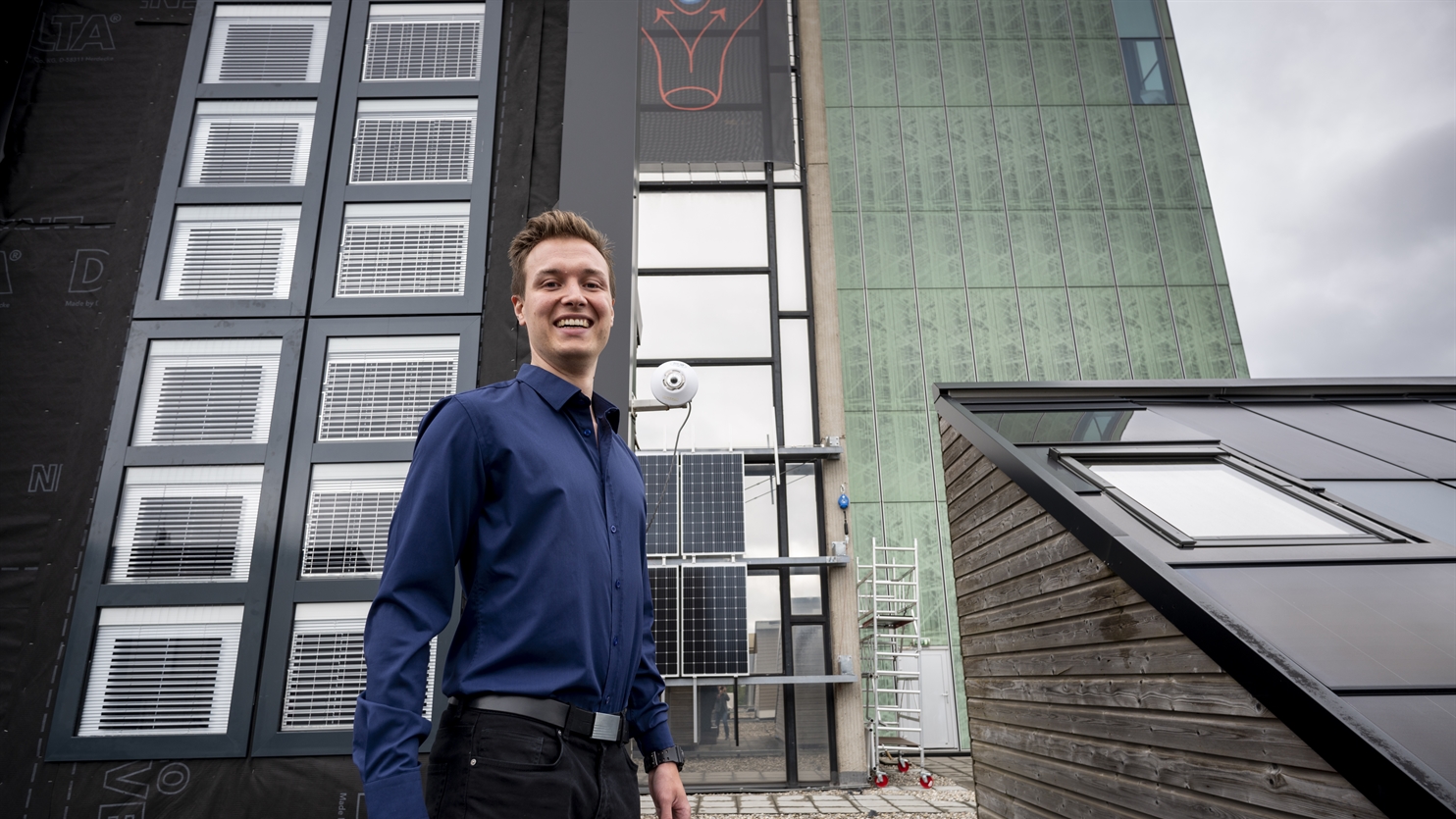
At test facility SolarBEAT, we test outdoor building-integrated solar products.
Converting solar energy into heat
It’s common practice to convert the solar energy generated through roofs, windows, and façades into electricity. But another possibility is to use solar collectors that convert sunlight into heat. In time, solar energy could provide up to 10% of the heat needed in the Netherlands. However, this requires seasonal storage, to store heat extracted in the summer in heat batteries for the winter.
We are working with market participants on innovations in photovoltaic-thermal (PVT) systems. These systems generate both heat and electricity. Among other things, to make them better and more affordable. PVT systems on roofs in combination with a heat pump can contribute to an energy-neutral built environment.
Solar heat can supply a quarter of the total heat demand of the built environment, utilities, agriculture and industry. We conducted research into the use of solar energy as a heat source. The bottlenecks and concrete recommendations to make optimal use of solar heat can be read in an exploratory study (in Dutch) (pdf).
Previous research (pdf) (pdf)shows that PVT modules can optically match the building in terms of colour format. We demonstrated this on aesthetic facades with solar modules and with solar collectors with a heat-absorbing paint.
At our research site SolarBEAT we conduct tests on various PVT and solar thermal collectors.
Outdoor testing op SolarBEAT
SolarBEAT (Solar Building Elements Application Testing) is a test facility of TNO and TU/e where building-integrated solar energy products and systems are tested 24/7, both for power and heat generation.
Partners and projects
TNO is involved in various large projects. Some projects with partners are:
- MOOI project Circular Energy Buildings
- TSE Go Cassette
- PPS Balance PV
- PPS Massive
- TSE Flat White
- TSE PV Dakfolie
- Circulaire Multicolour gevel PV-fabriek
Find all BIPV publications concerning Solar panels on windows, façades, and roofs
Contact
TNO develops innovations and technologies for a more sustainable society. If you work at a company that is interested in collaborating with us on innovations, please contact us.
If you are a consumer with questions about solar panels, please contact organisations that give advice on this topic such as Vereniging Eigen Huis, Consumentenbond, and Milieu Centraal. Also read the frequently asked questions about solar panels on our website.
Get inspired
Shade screens with rollable solar foil combines energy generation with climate control in greenhouses
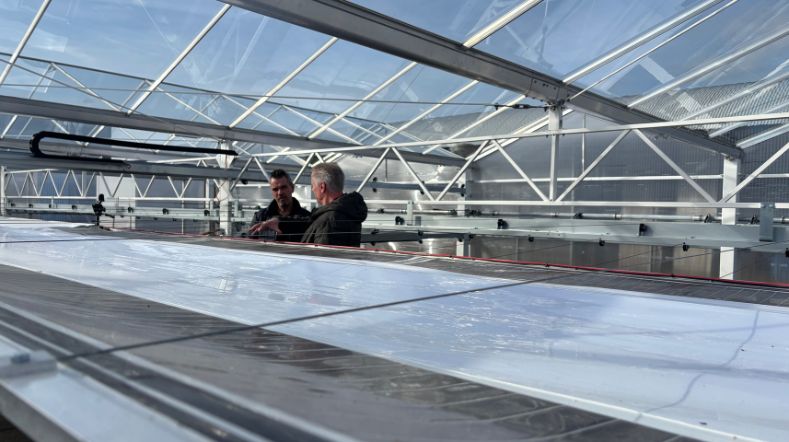

Building fires with solar panels mapped for the first time
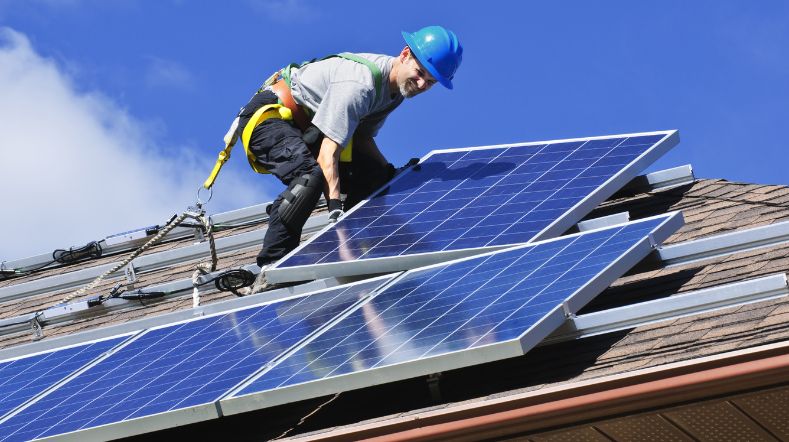

New multifunctional solar window generates energy by reflecting light
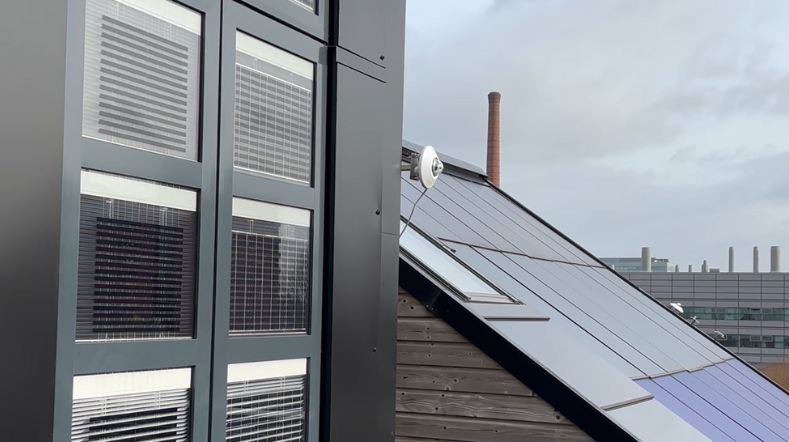

Webinar: Solar energy in Brabant - Building a sustainable future for Europe
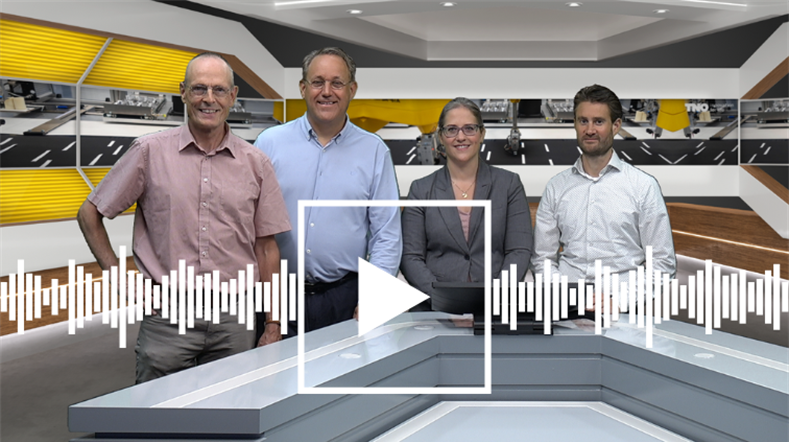

Carbon footprint floating solar energy systems similar to land systems
